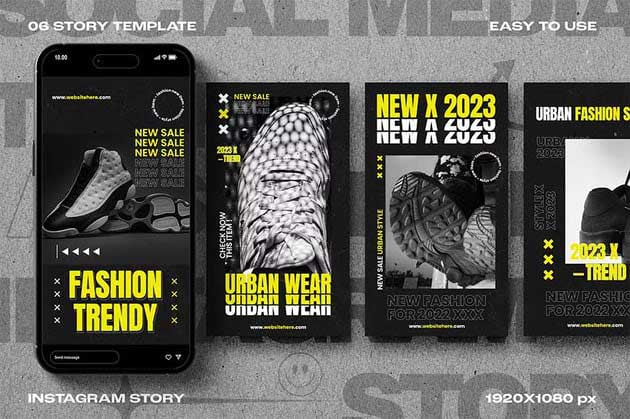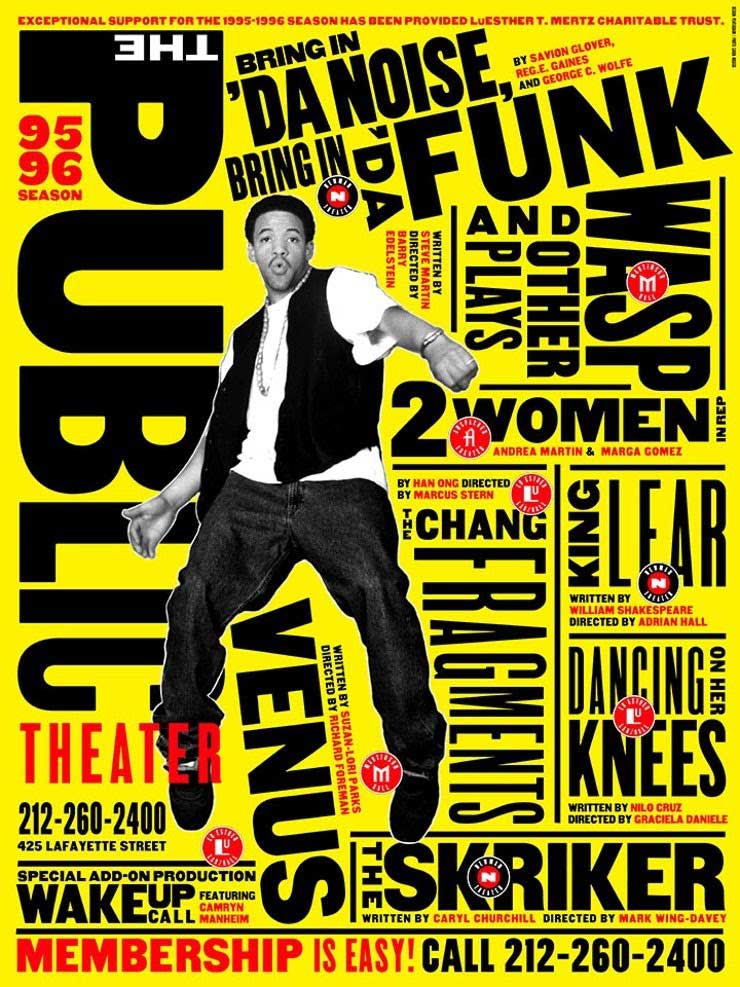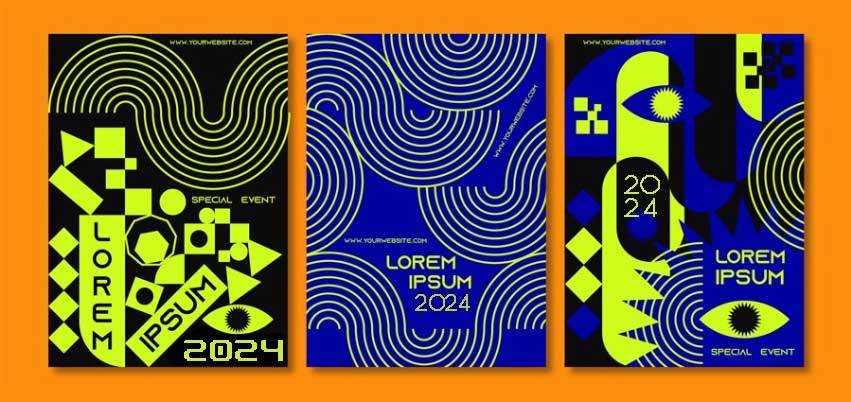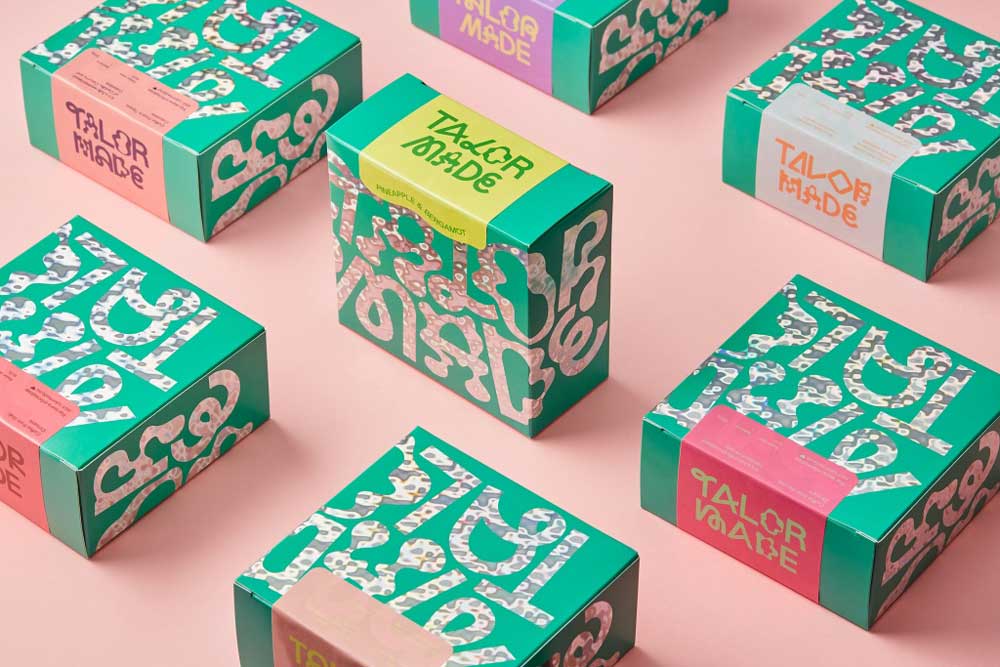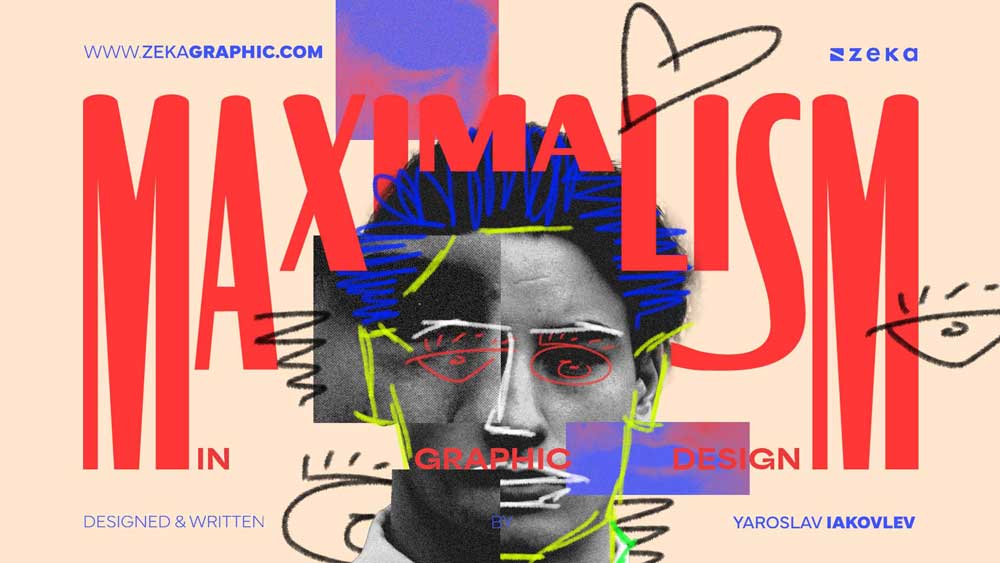Maximalist Typography: Bold, Loud, and Full of Personality
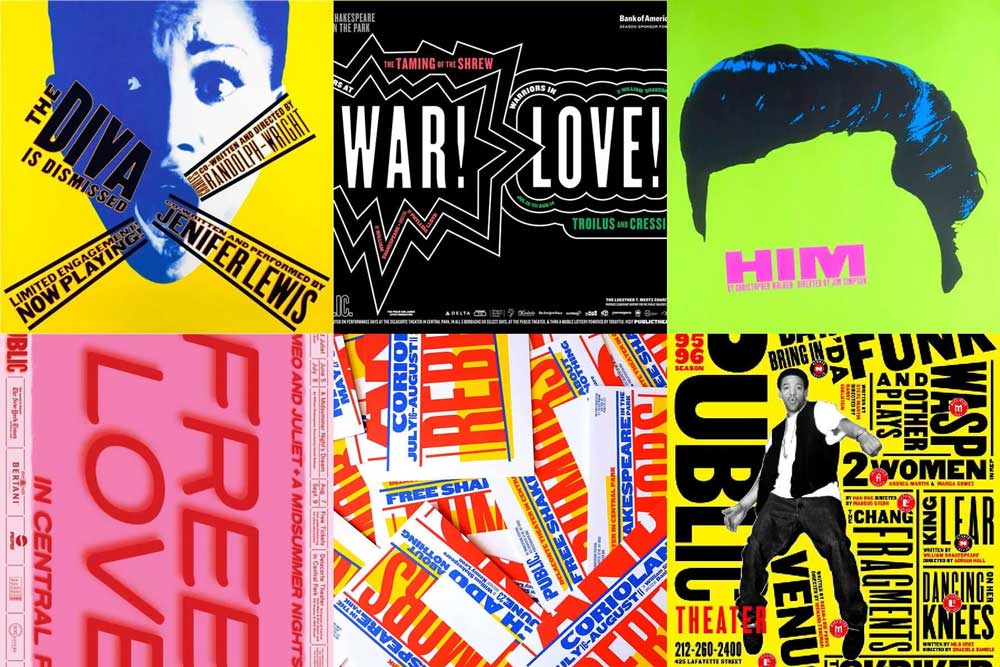
Typography has always played a pivotal role in graphic design, from setting the tone to ensuring readability. But in recent years, a new movement has been taking hold: maximalist typography. Whereas minimalist typography is known for its clean lines, simple fonts, and restrained use of space, maximalist typography throws caution to the wind with bold, intricate, and often eccentric letterforms that make a loud, unapologetic statement. This trend celebrates complexity, layers, and an energetic approach to design, encouraging designers to express more personality and creativity through type.
But why has maximalist typography emerged as a dominant trend in an era that often gravitates towards simplicity? In this blog post, we’ll explore the essence of maximalist typography, why it’s taking over design, and how to effectively use it in your own projects. Whether you’re designing for branding, posters, websites, or social media, maximalist typography is a powerful tool to make your designs stand out and make a statement.
What is Maximalist Typography?
Maximalist typography is a bold and expressive approach to type design, where the letterforms, layouts, and overall composition are more complex and intricate. Unlike minimalist typography, which favors simplicity and subtlety, maximalist typography embraces exaggerated scale, vivid colors, heavy ornamentation, and unexpected combinations of fonts, creating a visual experience that is loud, playful, and energetic.
Key characteristics of maximalist typography include:
- Bold Letterforms: Big, bold, and attention-grabbing fonts are often used, with thick strokes, exaggerated proportions, and heavy weights.
- Layered Design: Multiple fonts, colors, and textures are layered within the design to create a sense of depth and complexity.
- Dynamic and Playful Layouts: As opposed to the grid-based structures of minimalist design, maximalist typography often uses dynamic, non-traditional layouts. The text may be tilted, distorted, or placed in unexpected places.
- Vivid Colors and Patterns: Color is used liberally to create contrast and energy. Bright, clashing colors and bold patterns are often incorporated into the typography, making it stand out even more.
In short, maximalist typography is all about making a statement, creating drama, and showcasing creativity through type.
Why Maximalist Typography is Gaining Popularity
The resurgence of maximalist typography can be attributed to several factors that align with current design and cultural trends:
- A Desire for Boldness and Self-Expression: As the digital space becomes more saturated with similar-looking content, brands and designers are seeking ways to stand out. Maximalist typography is a way to break free from the constraints of simplicity and inject more personality into designs. In a world where individuality is celebrated, maximalism allows for more creative freedom and visual excitement.
- The Rise of Retro and Vintage Design: Maximalist typography often draws inspiration from bold, retro design styles from the 70s, 80s, and 90s, which were known for their experimental use of typography and vibrant, exaggerated fonts. As nostalgia for these decades has grown, so has the appeal of maximalist typography in modern design.
- Social Media and Digital Design: Social media platforms, which emphasize eye-catching visuals and quick engagement, have played a significant role in the popularity of maximalist typography. Designers are using dramatic, bold typography to create scroll-stopping content that grabs attention immediately in a crowded digital space.
- Cultural and Aesthetic Shifts: In contrast to minimalist, clean aesthetics, maximalism aligns with the cultural desire for more “loud” and “messy” designs that reflect the chaos and complexity of modern life. The trend toward maximalism mirrors the need to embrace diversity, excess, and exuberance, both visually and conceptually.
3. The Benefits of Maximalist Typography
Maximalist typography offers several advantages, making it a powerful tool for designers:
- Striking Visual Impact: The bold and intricate nature of maximalist typography immediately captures the viewer’s attention. By using exaggerated letterforms, bold color schemes, and dynamic layouts, maximalist typography ensures that the design stands out in any context.
- Brand Identity Enhancement: For brands that want to express energy, creativity, and boldness, maximalist typography can be a defining feature. It allows brands to communicate their values more clearly through their typography, from playful and fun to high-energy and cutting-edge.
- Expressive Storytelling: Maximalist typography can tell a story or convey an emotion more directly than minimal designs. The expressive use of fonts, colors, and layouts can evoke a sense of drama, excitement, or nostalgia, making it easier for audiences to connect with the message or product.
- Creativity and Experimentation: Maximalist typography pushes designers to think outside of traditional constraints and experiment with bold combinations of type, color, and structure. This creative freedom leads to more innovative and memorable designs.
Design Considerations for Maximalist Typography
While maximalist typography offers exciting possibilities, it’s essential to approach it thoughtfully to avoid overwhelming or confusing the viewer. Here are some design considerations to keep in mind:
- Hierarchy and Readability: Even though maximalist typography is bold, it’s crucial to maintain a clear visual hierarchy. The main message or key element should be the focal point, with supporting elements serving to complement and enhance the overall design. Ensure that the typography is still legible and functional, especially in long-form text or body copy.
- Balance and Proportion: While maximalism encourages creativity, it’s important to avoid cluttering the design. The arrangement of type should feel balanced, even if the composition is unconventional. Ensure there’s enough white space to let the design breathe and avoid overwhelming the user with too much information or visual noise.
- Color Choices: Maximalist typography thrives on vibrant, contrasting colors, but it’s important to choose color combinations that are visually pleasing and don’t strain the eyes. Consider the emotional impact of your color palette and how it works with your message.
- Brand Alignment: Maximalist typography can be a powerful tool for branding, but it’s essential to ensure that the typography aligns with the overall brand personality and message. For example, a luxury brand might opt for bold typography with subtle textures and gradients, while a youthful, energetic brand may embrace loud, bright colors and dynamic compositions.
Case Studies: Successful Use of Maximalist Typography
Gucci:
Gucci’s branding has fully embraced maximalist typography with a vintage twist. The use of bold, ornate fonts, combined with a striking color palette and playful illustrations, has helped the luxury brand stand out as a symbol of creativity and rebellion. Their designs often feature exaggerated serif fonts and heavy textures, making their visuals instantly recognizable.
Nike:
Nike uses maximalist typography to communicate energy and movement in its campaigns. With dynamic fonts, bold color contrasts, and aggressive layouts, Nike’s advertisements speak to its energetic and fearless brand ethos. The typography is often layered over striking images, creating a visual statement that mirrors the power and passion of athletes.
Spotify:
Spotify’s use of maximalist typography in its playlists, album covers, and promotional materials conveys the diversity and boldness of the music it offers. The design often features oversized, overlapping text in bright colors, with playful combinations of fonts and gradients that reflect the dynamic, creative nature of the music world.
Coca-Cola:
Coca-Cola’s advertising campaigns often feature maximalist typography with their iconic logo. The brand’s typography is sometimes presented with bold, dynamic layouts, often using vibrant colors and playful fonts to draw attention and express fun, nostalgia, and joy.
6. How You Can Apply Maximalist Typography in Your Work
If you’re looking to incorporate maximalist typography into your designs, here are some practical tips:
- Experiment with Layering: Combine different fonts, sizes, and weights to create visual contrast and excitement. Layering type with images, textures, or illustrations can create depth and drama, making your design more dynamic.
- Bold and Playful Color: Don’t be afraid to use bold, contrasting colors. Maximalist typography thrives on vibrant palettes that evoke emotion and create visual interest. Play with complementary or contrasting colors to create energy in your designs.
- Mix Styles: Combine serif and sans-serif fonts, or use retro and modern styles together. Mixing different typographic styles creates an eclectic, bold look that’s a hallmark of maximalist design.
- Use Unconventional Layouts: Break away from traditional grid structures and explore asymmetry and dynamic positioning. Allow your typography to flow freely across the page or screen, creating movement and energy in the layout.
- Maintain Legibility: Even with bold, exaggerated fonts, always ensure that your typography is legible and functional. The goal is to create a visually engaging experience without compromising readability or usability.
7. Conclusion
Maximalist typography is a bold, energetic design trend that’s redefining how we approach type in graphic design. It offers a refreshing departure from the minimalist aesthetic, embracing complexity, color, and creativity to make powerful visual statements. Whether you’re designing for branding, advertising, or digital experiences, maximalist typography allows you to break the mold, express personality, and capture attention in ways that are both memorable and impactful.
Embrace this trend with creativity, and you’ll not only stand out but also elevate your designs to new levels of visual excitement.
References
Keller, S., 2023. Maximalist Typography: Breaking the Rules of Design. Type Design Today, 29(2), pp. 33-48.
Nike, 2022. Nike’s Bold Typography: Pushing the Limits of Design. Available at: www.nike.com [Accessed 2 March 2025].
Spotify, 2022. Typography in Music: A Maximalist Approach. Available at: www.spotify.com [Accessed 2 March 2025].
Gucci, 2023. The Bold Typography of Gucci: A Look into Their Visual Identity. Available at: www.gucci.com [Accessed 2 March 2025].
